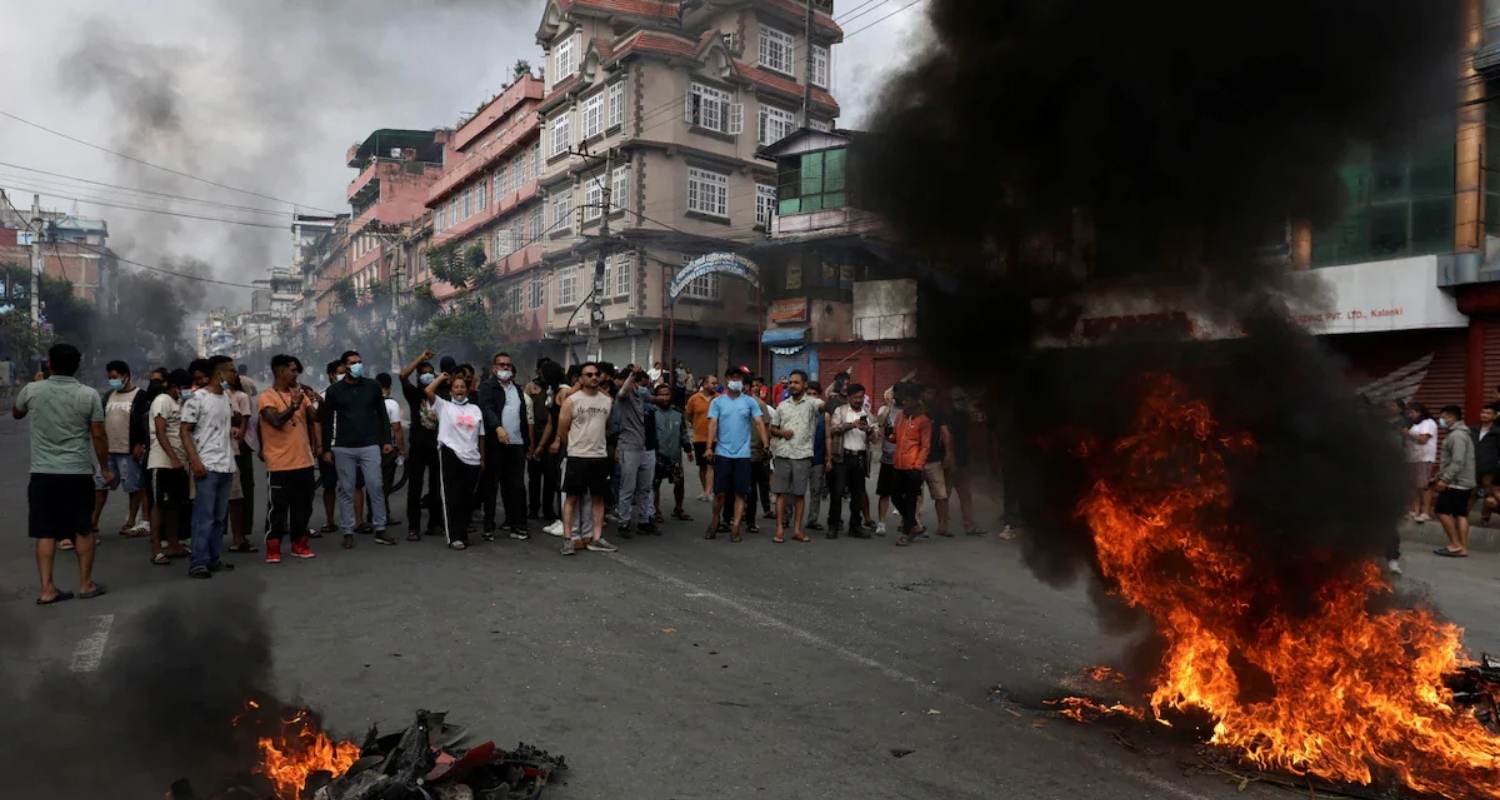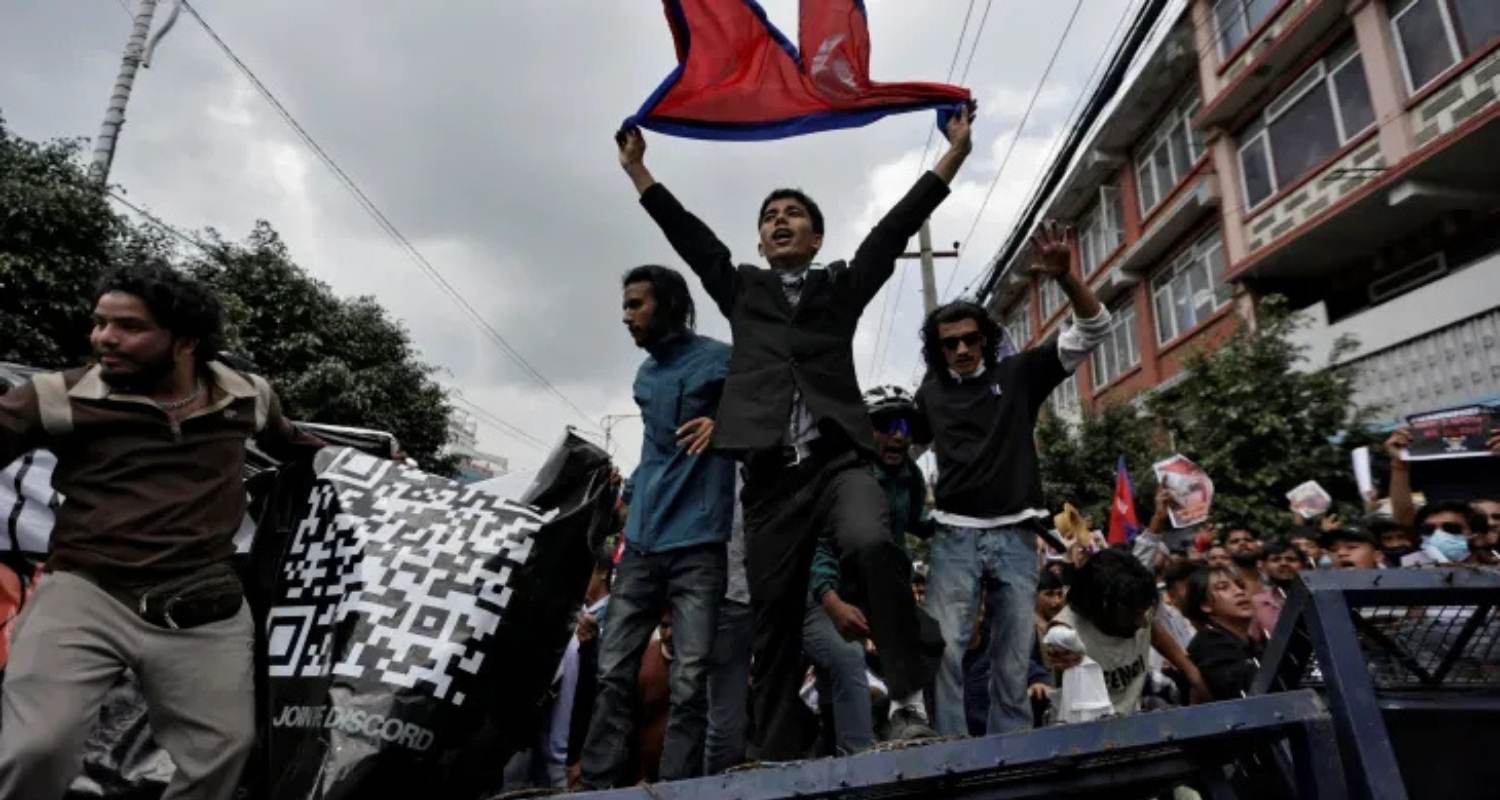According to the "Gen Z" protest group, Kulman Ghising, the former CEO of the Nepal Electricity Authority (NEA), has emerged as the front-runner for interim prime minister following Prime Minister KP Sharma Oli's resignation amid widespread protests. This occurs as a result of a nationwide curfew and restrictive orders enforced by the Nepal Army until Thursday morning.
According to reports, the protest group is also thinking about other names, such as Balendra Shah, the mayor of Kathmandu, and former Chief Justice Sushila Karki.

Five key facts about Kulman Ghising:
- Ending Load-shedding: Many people believe that Ghising, an electrical engineer, put an end to the years-long load-shedding (power outages) that afflicted Nepal.
- Education: He holds a bachelor’s degree in electrical engineering from the Regional Institute of Technology in Jamshedpur, India, and a master’s in power systems engineering from the Institute of Engineering, Pulchowk, Tribhuvan University, Nepal.
- Professional Career: Ghising joined the NEA in 1994 and steadily rose through the ranks. He became a household name after being appointed managing director of the NEA in 2016, a role in which he eliminated the 18-hour daily power cuts. After his four-year term ended in 2020, he was reappointed to the position in 2021.
- Removal from NEA: On March 24, 2025, the KP Sharma Oli government removed Ghising as NEA's executive director, just four months before his tenure was set to end. He was replaced by Hitendra Dev Shakya.
- Public Backlash: His removal was met with criticism from opposition parties and civil society, who credited him with ending the power crisis. Many viewed his ouster as politically motivated rather than performance-based.
The "Gen Z protest" group said in a statement Thursday that Ghising was selected following a six-hour online meeting. Balendra "Balen" Shah, the mayor of Kathmandu, and Sushila Karki, the former chief justice of the Nepal Supreme Court, were also taken into consideration by the group. Ghising was described by the demonstrators as "a patriot and everyone's favourite."

Ghising's selection is a little unexpected because media reports from Kathmandu suggested that former Chief Justice Karki had already begun discussions with the Army about forming a new government. Karki was apparently rejected by some protesters who claimed she was "too old" to lead them at age 73 and invoked the constitutional ban on former judges holding prime ministerial positions. These events have sparked conjecture about internal conflicts within the protest movement, particularly in light of reports that the group's original favourite, Balen Shah, had turned down the opportunity to serve as the head of an interim government. Shah, a popular figure among young Nepalis, had been using his social media platforms to call for calm.
Also Read: 27 arrested in Nepal amid violent Gen Z protests
The proposed structure of this interim government remains unclear. Nepal's 2015 constitution stipulates that a new prime minister must be appointed from the majority party in Parliament. If no party holds a majority, the president can appoint a successor, or any Member of Parliament (MP) can step forward to face a confidence vote. If that vote fails, the house can be dissolved, and a new election held.
Meanwhile, soldiers continue to patrol the streets of Kathmandu to maintain order and enforce the law. The unrest has resulted in at least 31 deaths and over 1,300 injuries since Monday. Protesters stormed the Parliament and the Singha Durbar, a historical building that houses government offices.
Also Read: Look at neighbour, proud of our Constitution: CJI cites Nepal
A government ban on well-known social media sites that the Oli administration claimed violated Nepali law sparked the protests. These platforms are an important source of income for a large number of Nepalis, which is important considering the high unemployment rate in the nation. Tens of thousands of people demanded a government that would prioritise economic development, and by the time the government lifted the ban, the demonstrations had grown into a large-scale anti-corruption movement.
Prime Minister KP Sharma Oli was compelled to step down as the violence increased and pictures of demonstrators attacking former ministers and burning buildings went viral online. Although he was spotted departing Kathmandu on a military plane, his present location is unknown. According to Ashok Raj Sigdel, Chief of the Army Staff, the Army has temporarily taken over and will keep the peace until a new government is established.
India has issued a travel advisory for its citizens in or visiting Nepal and has called for a peaceful resolution to the crisis. In order to stop the unrest from spreading and to find inmates who have escaped from Nepali prisons, India has also stepped up cross-border security.
Also Read: Nepal’s double uprising: Revolt and exodus



